Here’s some food for thought: The following products are derived from food system losses in agricultural and livestock production. These materials, currently used in buildings, apparel, consumer products and packaging, lead the way in replacing fossil-fuel derivatives and other strained natural resources with rapidly renewable food waste.
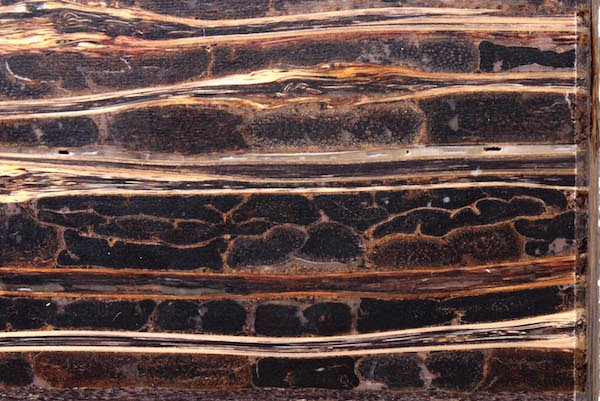
SORGHUM SURFACING The striking patterns of TorZo’s Tiikeri™ line come from post-harvest sorghum stalks. Acrylic resin combines with 50 percent agro-waste content to form a biocomposite material. Sorghum is a rapidly renewable crop grown worldwide, with many uses in food, alcoholic beverages, fodder, fuel and, of course, building materials. The panels are available in a variety of colors and are suitable for interior surfaces and furniture.
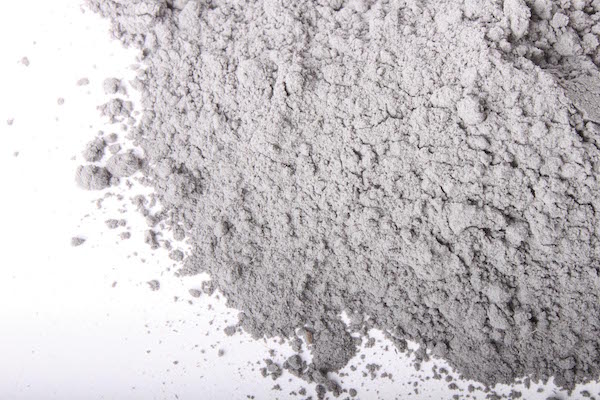
RICE HUSK CONCRETE Concrete is the most commonly used building material in the world, and it exerts enormous demand on natural resources. The production of Portland Cement, a critical ingredient in concrete, generates 5 percent of all CO₂ emissions. One agro-waste product that can be used as a partial substitute for cement is rice husk ash. Unburnt rice husk is also a promising aggregate in lightweight, insulative concrete.
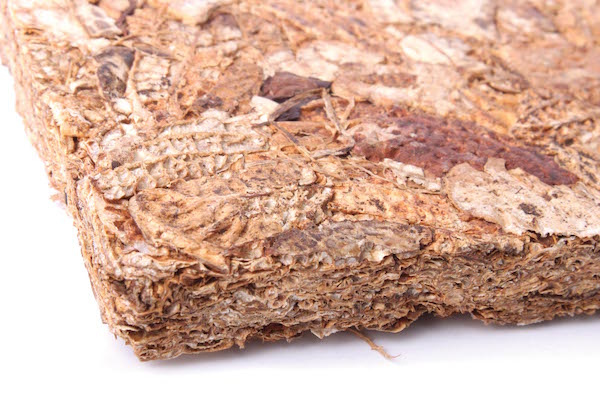
PEANUT SHELL BOARD Another shell-based material used in buildings is Peanut Shell Board from Kokoboard, an alternative particleboard that flaunts its origins. The Thailand-based manufacturer purchases unwanted shells from local farmers and presses them into use. They also produce boards from post-harvest rice and coconut agro-waste. The boards, which are suitable for interior surfaces and furniture, are free of formaldehyde.
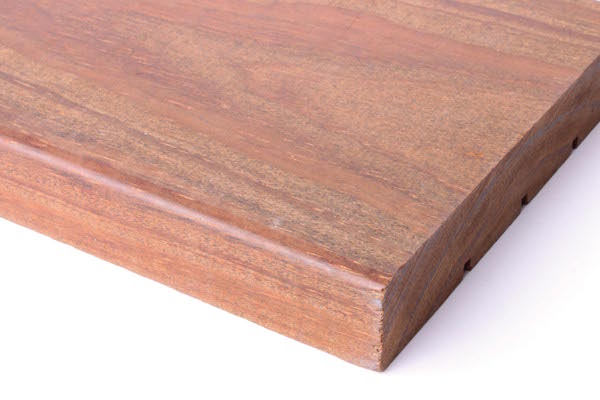
BIO-TREATED WOOD Some agro-waste materials are harder to spot. Kebony has the rich appearance and durability of tropical hardwood, but it’s manufactured through a patented process that uses bio-based liquid derived from byproducts of the sugarcane industry. This nontoxic process permanently enhances the cell structure of sustainably grown softwoods, producing an attractive alternative to lumber from old-growth forests.

FISH SKIN LEATHER Atlantic Leather uses animal-based byproducts of the fishing industry to produce an exotic leather alternative. The Icelandic tannery utilizes the skins of four species — salmon, cod, wolffish and perch — and recently introduced MIMOSA, a line of vegetable-tanned salmon leather processed with Mimosa bark.

CHOCOLATE PAPER Don’t be deceived by the somewhat unsavory term agro-waste. James Cropper, maker of luxury papers, offers Cocoa, which replaces 10 percent virgin fiber with cocoa shell powder. The line identifies a unique and higher use for this abundant byproduct of the chocolate industry. It was developed through a packaging collaboration with Barry Callebaut, maker of fine chocolates.
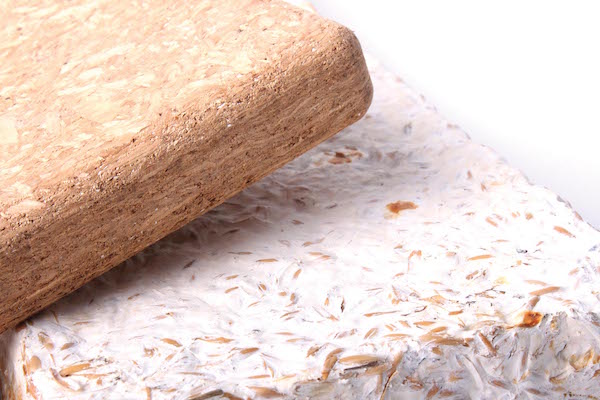
MUSHROOM MATERIALS Ecovative manufactures foam and wood substitutes from mushroom mycelium, which binds together agro-waste fibers such as flax, canola and hemp for a win-win. The material is molded or pressed into a variety of shapes and densities as packaging, acoustic and thermal insulation, and board material.
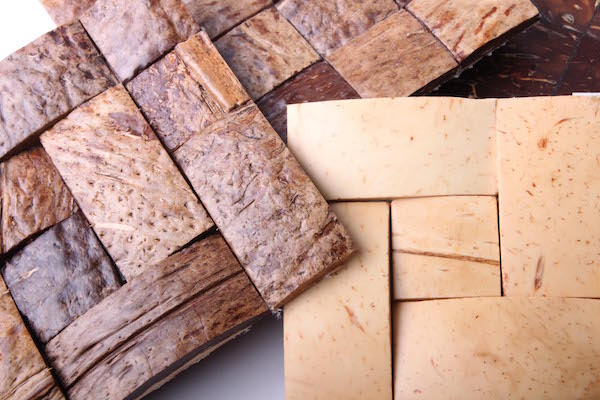
COCONUT SHELL TILES Indulge your fantasies of tropical escape with Coco Tiles from Kirei, made from coconut shells collected after harvest. The shells are an agricultural byproduct (agro-waste) otherwise subjected to open burning, a common practice that contributes to atmospheric pollution. Open burning is used in developing areas to quickly eliminate post-harvest waste and pests, and to prepare fields for planting. Converting coconut shells into building materials is a great example of transforming food-related waste into a higher-value use.

BLOODMEAL BIOPLASTIC Though you wouldn’t guess from its smooth, honey-colored appearance, Novatein from Aduro Biopolymers is made from blood meal, a byproduct of the meat industry. The bioplastic pellets have comparable capabilities to petroleum-based plastic and can be molded into a wide variety of products with different attributes, from pots and cutlery to softspun mats.
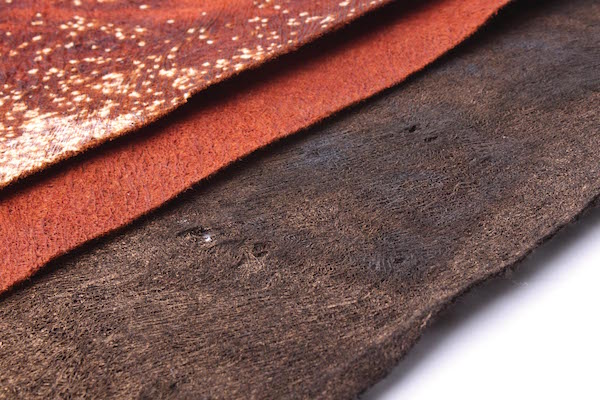
BARK CLOTH Harvested from the bark of the Mutuba fig tree, Bark Cloth is a non-woven textile with 600-year-old roots in Uganda. The trees are debarked annually and regenerate quickly, which qualifies the textile as a rapidly renewable material. Rapidly renewable content is defined by a short (less than 10-year) life or regeneration cycle. Bark cloth can be used for interior surfaces, furniture and apparel.
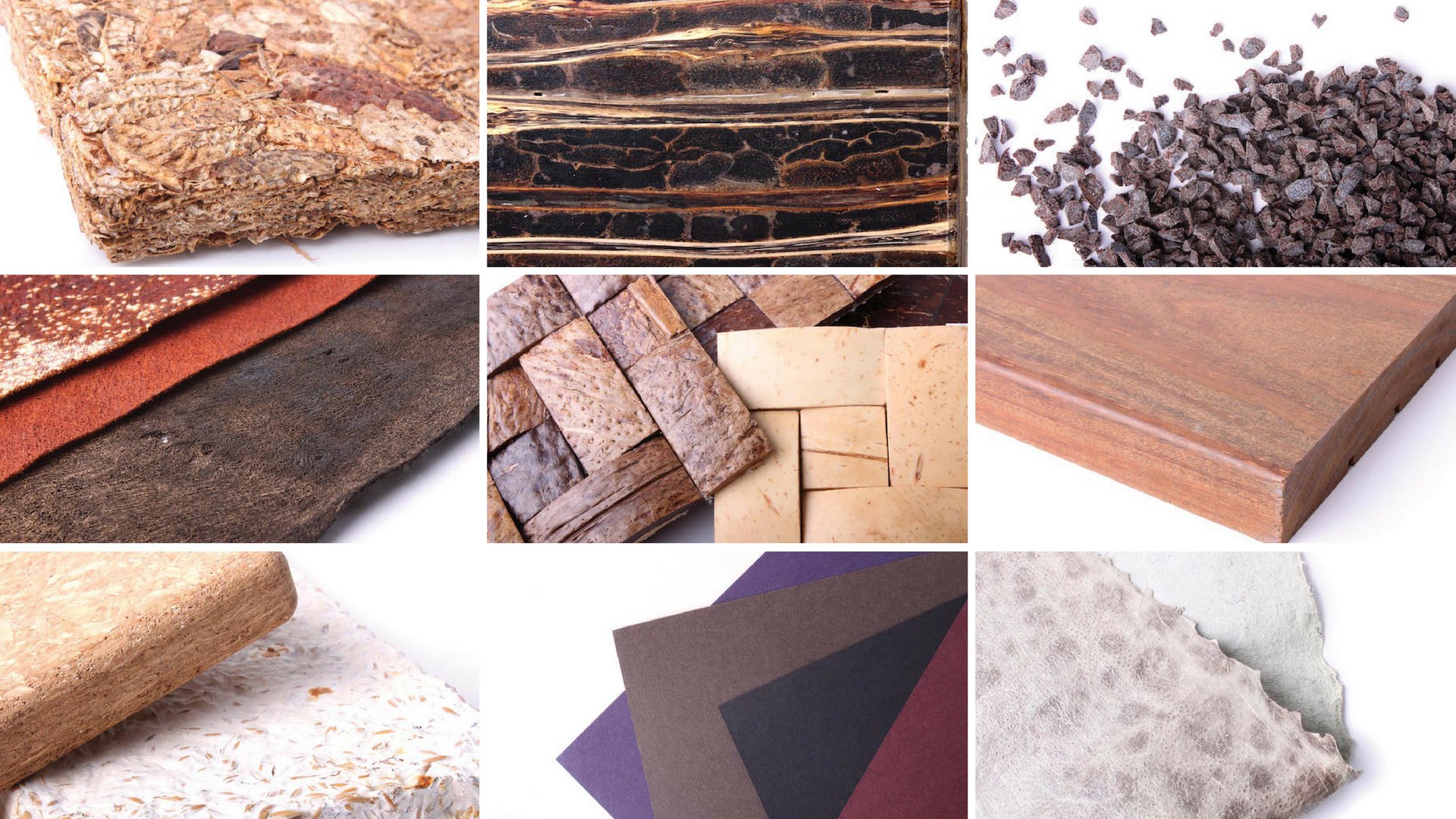
Author
Jen Wong is director and curator of the Materials Lab at The University of Texas at Austin, a research center dedicated to material investigation as design. She gets excited about how and why things are made, what they’re made of, and how they can be made better.